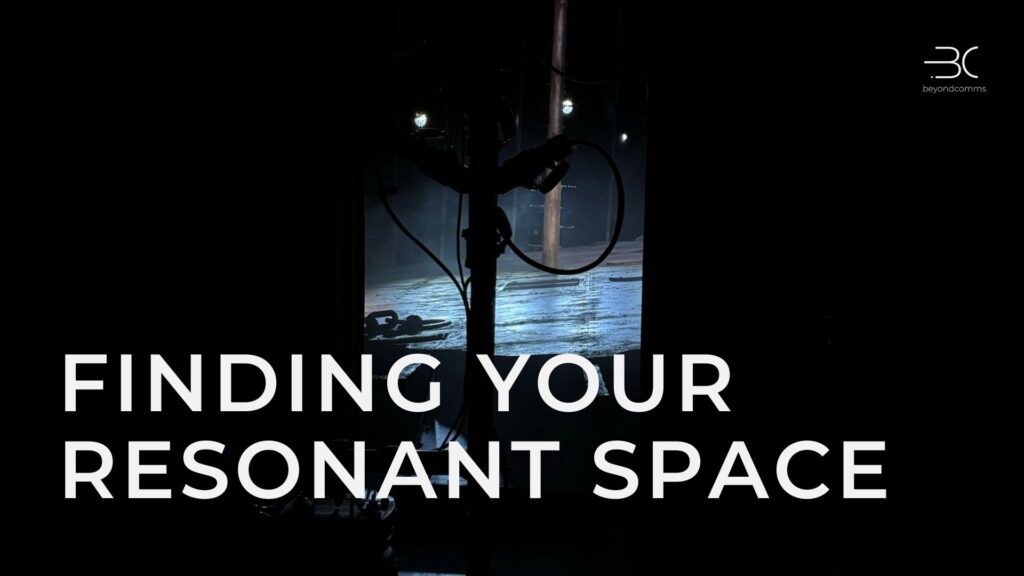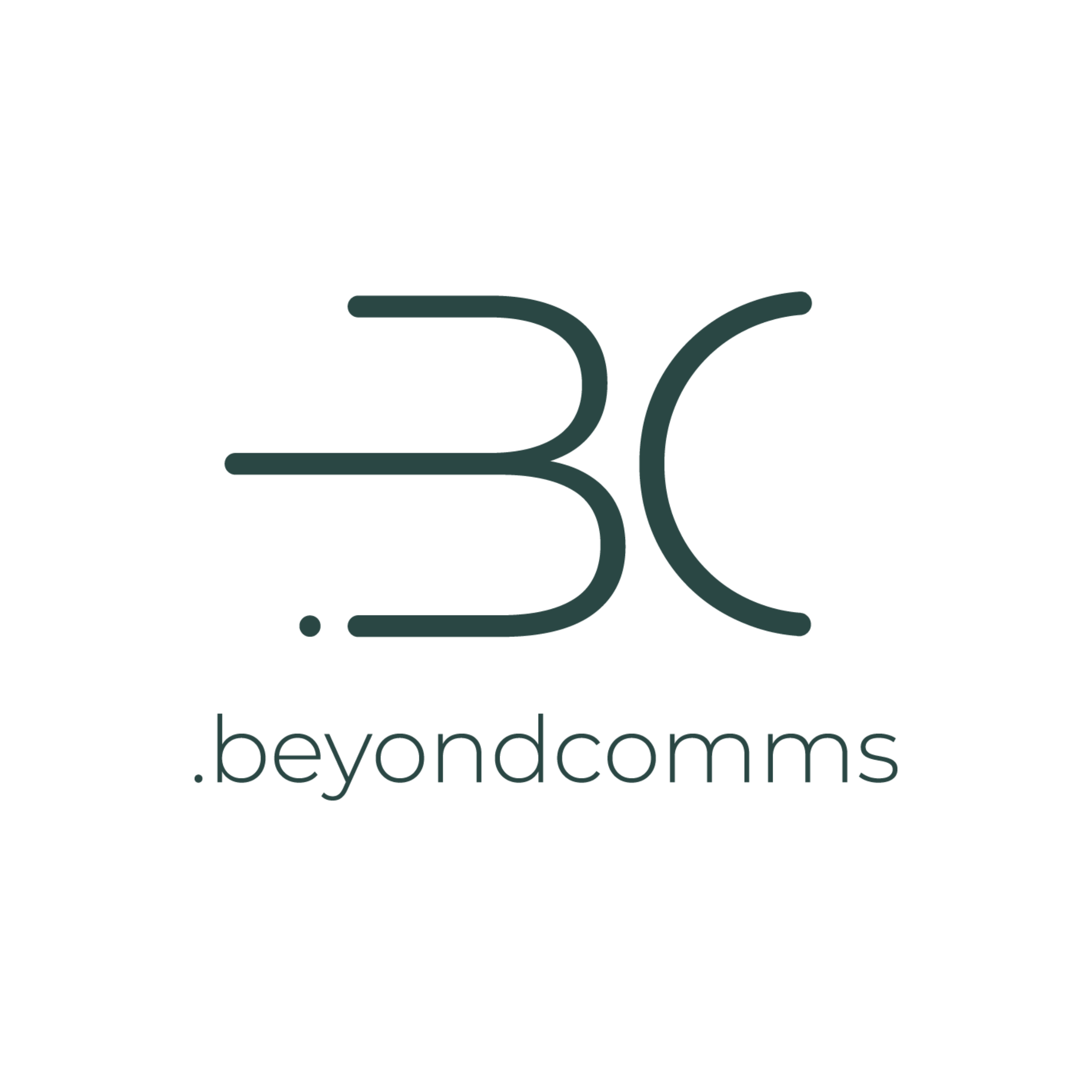
I sang in an opera last week in Ireland’s largest national theatre. As I was looking onto the stage from the wings, I kept reflecting on the great power that lies in operatic training. Often with no amplification, the singers’ voices carry over a large orchestra into a crowded hall. How do these soloists make themselves heard? And what can we learn about our business from them?
The key for a singer is to find resonance. The same principle applies in your business communication – where can you find the resonance that carries your voice over all the noise? How can you become a soloist and avoid straining your voice, shouting from the top of your lungs, or fatiguing the audience?
Let’s dive in
Finding Resonant Space
Soloists understand that amplification comes through resonance, not volume. Imagine a speaker, if you crank up the volume incredibly high, the sound will eventually become distorted. But if you hold a conical shape in front of it without adjusting the volume dial, the sound will travel further and appear louder without distortion (if you want, that’s a fund experiment to try at home).
There are resonant places in our face (in singing referred to as the mask) that we can place our voice into to amplify the sound. Several cavities allow us to create different resonance. Musical singers will often sound a little bit nasal because they place their voices right in front of the face, using the cheeks and sinuses, while opera singers often sound a little bit bigger and fuller because they place their further back in their throat and throughout their face.
To apply this in your business, think about it this way:
1. Placing your Voice
If you think about your business as an organism and a body that encompasses your various stakeholders, think about where placing your voice will resonate the most.
- Understand the natural strength of your business, i.e. are you naturally stronger in content creation or direct outreach? Is customer service a strength of process quality?
- Identify in which spaces your voice resonates the most, i.e. is it easier for you to be heard at trade conferences or on social media channels? Do videos work better for you than written articles?
- Find resonant voices in your organization, i.e. are there specific teams or individuals who share a natural affinity to the business and can they amplify your voice through theirs?
A continuously misplaced voice in singing will create strain and eventually damage vocal cords. The same is true in your business, misplacing your resources and amplification will create burn-out and might even harm your reputation.
2. Developing Your Color
The most recognizable voices have distinct qualities. Think about it Louis Armstrong had a gravelly and raspy color, Maria Callas is known for her dramatic differences between high and middle registers, and Andrea Bocelli is celebrated for his warm, honey timbre with liquid quality. Each singer will have developed techniques to lean into the unique timbre of their voice.
In your business, we call it your unique value proposition expressed by your brand personality:
- A strong and unique value proposition will make you stand out among your competitors
- Your personality will create resonance with the right stakeholders, bringing them on your side, charming them into action
- Leaning into your specific color will draw more people to you and create an unfair competitive advantage in the market.
When you develop a distinct timbre, you don’t have to be the loudest, all you need is to be present, and the right audience will recognize you instantly.
3. Understanding your Dynamics
The most listened-to vocalists don’t sing loud all the time. They understand the power of dynamics and the impact of singing soft, loud, quiet, and everything in between. Did you know that it’s more difficult to sing quietly than loudly? Singing in pianissimo (super quiet) takes a more sustained airflow to keet the voice carrying across a space with resonance.
You can apply similar principles in your business communications:
- Some moments have to be louder to be heard (launches, big announcements, partnerships)
- Others might benefit from intimacy and quieter tones (customer appreciation, community building) – note how maintaining these can be difficult and take more resources. Plan accordingly
- Contrasting your dynamics will create rhythm and interest in your communications
How do You Become the Soloist?
Apply the principles above to your business communications this month:
- Find your resonant spaces: Which channels naturally amplify your message? Where do you receive the strongest engagement with the least effort? What stakeholders are your natural amplifiers?
- Solidify your warm-up routine: Determine daily practices that will strengthen your business voice. It could be consistent content creation, meaningful engagement, or regular reflection on your core message with your audience.
- Create a performance schedule: Plan when you will project more, and when you will create intimate moments with your audience.
- Rest and recover: Even the greatest vocalists need vocal rest. Build deliberate pauses in your communication schedule where you listen rather than speak.
Finding Your Solo
Most vocalists will have a few signature pieces where their unique abilities feature the best. What is your business aria? What type of communication showcases your distinctive value most effectively?
For some, it might be thought leadership articles. For others, it’s intimate community engagement. Some shine through visual storytelling or data visualization. Your aria must combine your natural strengths with the needs of your audience.
